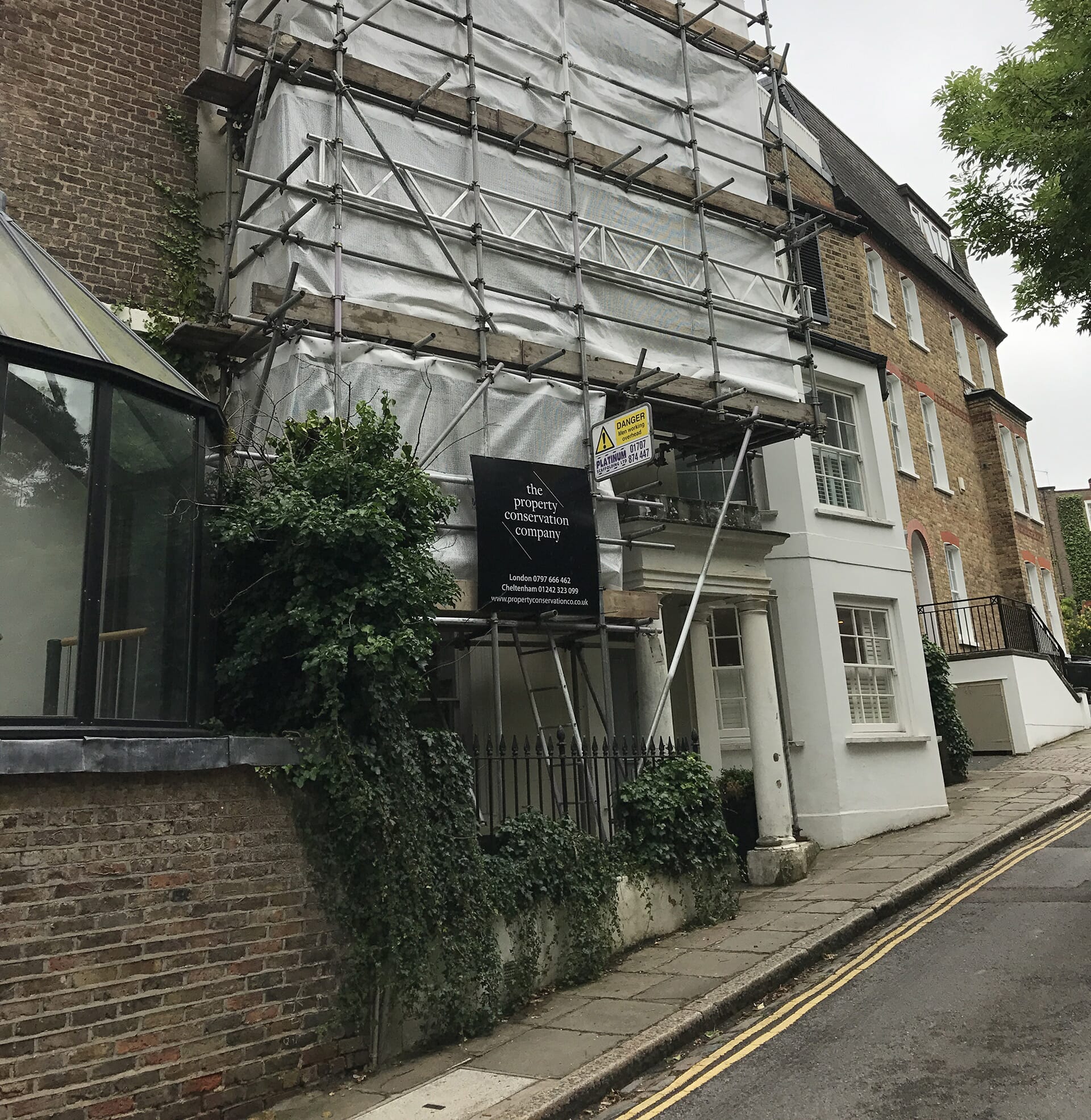
What does ‘urgent works’ mean for a listed property?
Buildings are listed for a reason – they are historically or architecturally important in their own right or they make an important contribution to a conservation area. Listing such buildings helps to protect them and their surroundings for future generations. However, as with all buildings, especially period properties, a certain amount of upkeep is needed to maintain them.
With listed buildings, there is no statutory obligation upon the owner to keep their property in a good state of repair, although it is usually in your interest to do so. Thankfully, most listed building homeowners will be proud of their home and its history, and already have the required listed building consents in place that cover cosmetic work and period restoration work.
However, in a few cases, negligence, for whatever reason, will mean that some listed buildings are in danger of falling into disrepair. In these instances, local authorities can take action to secure the repair of a listed building if there is a concern about its continued conservation.
To do this, an urgent works notice will be issued. This is a direct way of securing any repairs that are urgently needed for the preservation of the building. The local authority will usually notify the owner that it is considering an urgent works notice before issuing one.
What constitutes ‘urgent works’ for a listed property?
An urgent works notice should generally be restricted to urgent repairs to keep a building wind and weather-proof and safe from collapse, or action to prevent vandalism or theft. The steps taken should be consistent with achieving this objective.
Who does the work?
Once an urgent works notice is issued, the owner of the building can decide whether to undertake the necessary works. If the owner declines or is unresponsive, then the law allows the local authority to execute any works which are urgently necessary for the preservation of the building.
In order to carry out the works, the local authority must describe the proposed works and give the owner of the listed property a minimum of seven days notice. If the building is occupied the works may be carried out only to those parts not in use.
Who pays for the works?
The cost of carrying out the works may be recovered by the local authority or Historic England (as appropriate) from the owner. The owner may challenge the cost claimed by writing to the Secretary of State. The grounds of challenge may be that:
- Some or all of the works were unnecessary for the preservation of the building.
- Temporary support and shelter measures have continued for an unreasonable length of time.
- The amount reclaimed is unreasonable.
- Recovery of the amount claimed would cause the owner hardship.
What about listed building consent?
Works carried out by local authorities are exempt from listed building consent. If the owner chooses to undertake the works as instructed in the urgent works notice, these too will be exempt. However, any different or additional works may require listed building consent and the usual rules will apply.
More information about urgent works notices, including examples of the sort of works which may be included in an urgent works notice, can be found in the Historic England publication ‘Stopping the Rot’:
For more advice, visit the Historic England website.

Author: Peter Little (CEO)
This article was first published on 3rd November 2017
(Updated 22nd November 2024)
Exceptional care for your listed property
Get a FREE initial quote

